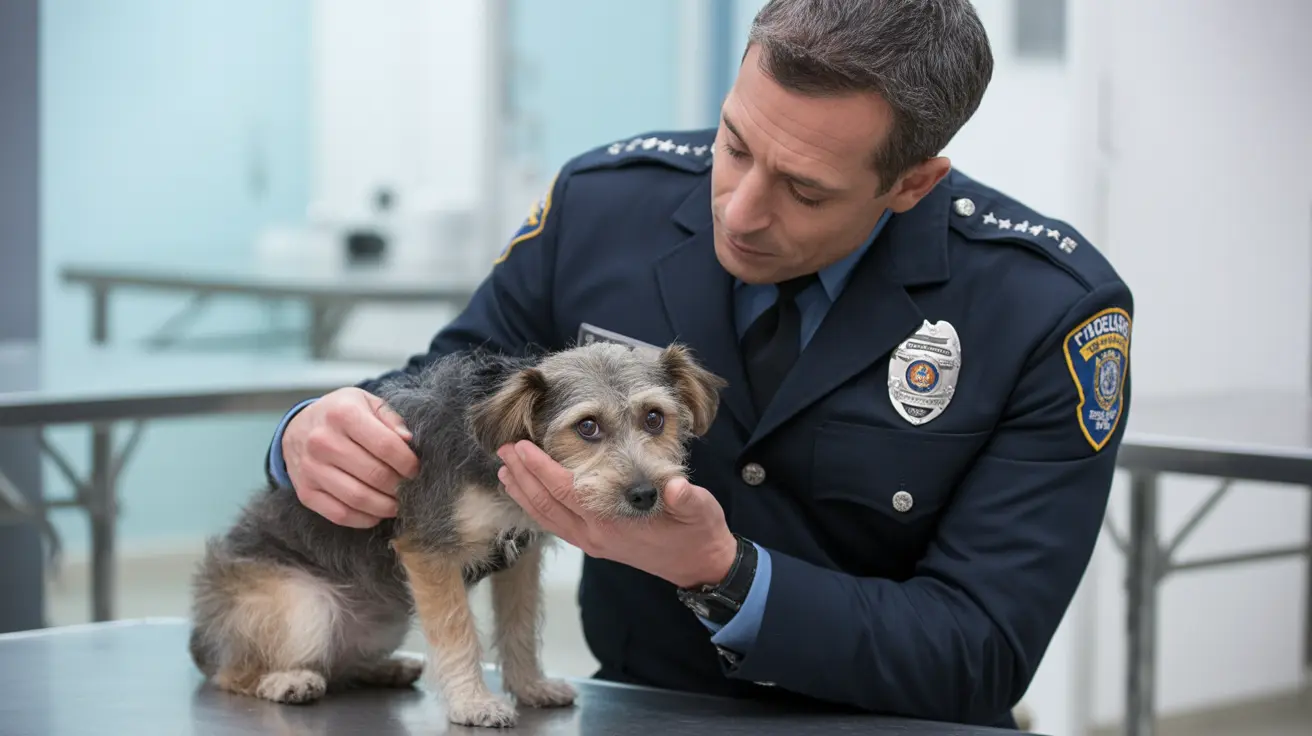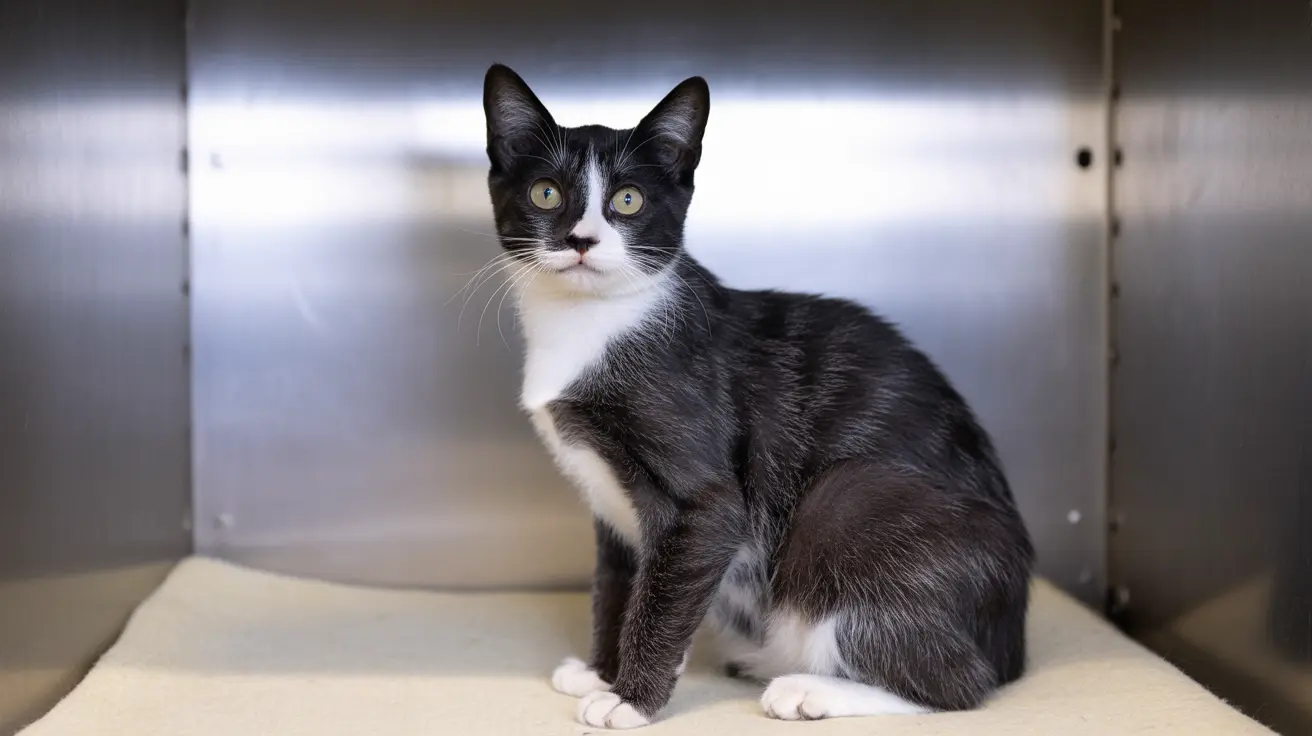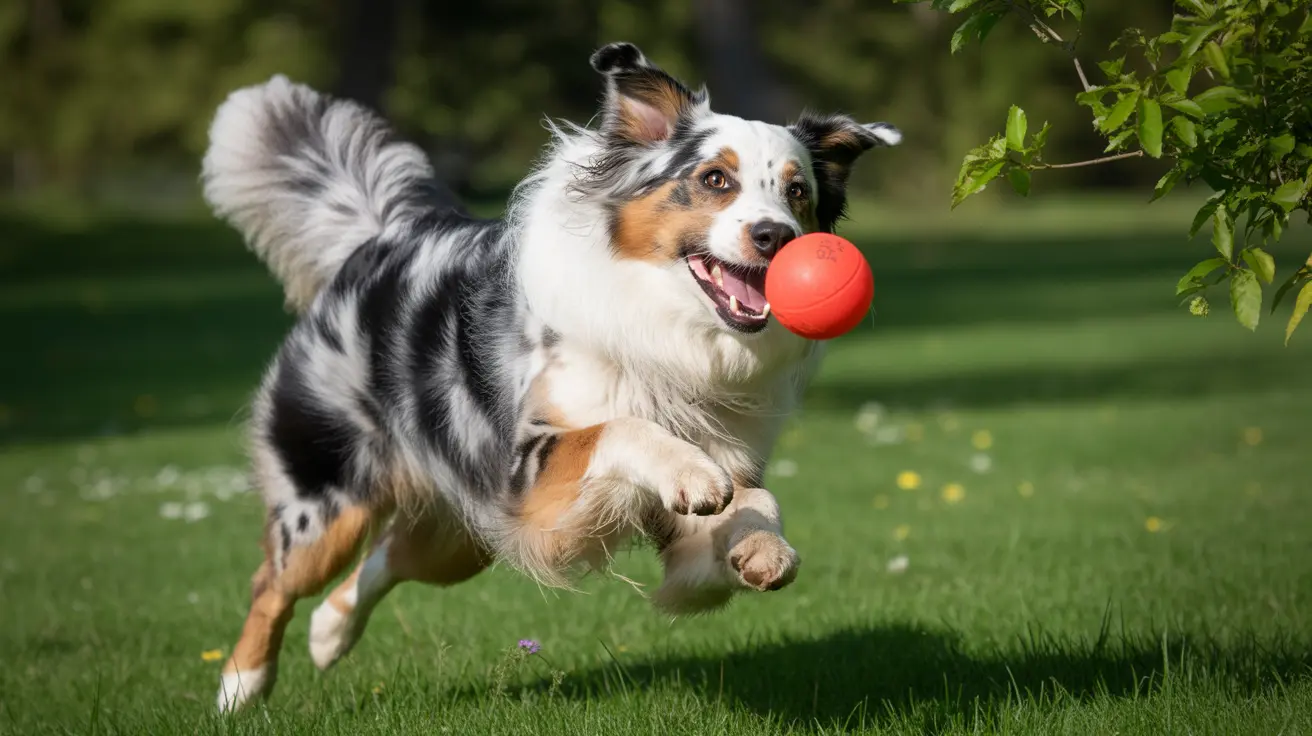The Historical Foundation of Animal Blessing Rituals
The animal blessing ritual traces its origins to St. Francis of Assisi, the 13th-century Italian friar who became renowned for his extraordinary compassion toward all living creatures. St. Francis viewed animals as brothers and sisters in creation, worthy of the same love and respect accorded to humans. His revolutionary approach to animal welfare established him as the patron saint of animals and ecology, inspiring centuries of faithful pet owners to seek blessings for their companions.
This Christian animal blessing tradition emphasizes the sacred relationship between humans and animals, acknowledging that pets bring joy, comfort, and unconditional love into our lives. The ceremony serves as a reminder that caring for animals reflects our stewardship responsibilities as outlined in biblical teachings.
October 4 Animal Blessing Celebrations
The timing of these ceremonies holds special significance, as most blessing pets at church events occur around October 4th—the Feast of St. Francis of Assisi. This date transforms ordinary church grounds, community centers, and parks into gathering spaces where pets of all shapes and sizes receive individual blessings from clergy or trained volunteers.
During these community animal blessing events, participants typically witness a diverse parade of creatures: golden retrievers wagging excitedly beside calm house cats in carriers, colorful parrots perched on their owners' shoulders, and even the occasional miniature pig or rabbit joining the celebration. The inclusiveness of these ceremonies reflects the universal nature of the human-animal bond.
Blessing Dogs and Cats: The Most Common Participants
While the tradition welcomes all creatures, blessing dogs and cats remains the most common aspect of these ceremonies. These beloved household pets often display remarkable behavior during the blessing process, as if sensing the special nature of the occasion. Many pet owners report that their typically energetic dogs become calm and attentive during the blessing, while cats often purr contentedly throughout the ritual.
The blessing process typically involves a brief prayer asking for God's protection over each animal, followed by a gentle sprinkling of holy water. Some ceremonies include the presentation of small blessed medallions or certificates commemorating the special day.
How to Bless a Pet at Home
For pet owners unable to attend public ceremonies, performing how to bless a pet at home offers an intimate alternative. This personal approach allows families to create their own sacred moment with their animals in familiar surroundings.
A simple home blessing might include gathering the family around the pet, reciting prayers of gratitude for the animal's presence in the home, and asking for continued health and happiness. Some families incorporate holy water obtained from their local church, while others prefer to create their own meaningful ritual using elements that reflect their personal faith journey.
Expanding Beyond Household Pets
Modern livestock blessing ceremonies demonstrate that this tradition extends far beyond typical household pets. Farm animals, horses, and even exotic pets participate in these celebrations, reflecting the broad scope of St. Francis's vision of universal compassion for all creatures.
These expanded ceremonies often take place at agricultural centers, horse farms, or outdoor venues capable of accommodating larger animals safely. The sight of a gentle draft horse receiving a blessing alongside a tiny hamster perfectly captures the inclusive spirit of the tradition.
The Spiritual Impact on Pet Owners
Participating in sacramental animal blessings provides pet owners with profound spiritual benefits beyond the ceremony itself. Many participants describe feeling a renewed sense of responsibility toward their pets, viewing their care-giving role through a more sacred lens. The ritual reinforces the understanding that loving and caring for animals represents a form of worship and gratitude.
These ceremonies also strengthen community bonds among pet owners, creating connections based on shared values of compassion and responsible pet ownership. The experience often inspires participants to become more involved in animal welfare efforts throughout the year.
Frequently Asked Questions
What is the Blessing of the Animals ceremony and why is it held?
The Blessing of the Animals is a Christian ritual where pets and animals are blessed to invoke God's protection and to honor the bond between humans and animals, inspired by St. Francis of Assisi's love for all creatures.
When and where do Blessing of the Animals events typically take place?
These ceremonies are usually held annually around October 4th, the Feast of St. Francis of Assisi, at churches, community centers, parks, and sometimes at home with simple prayers and holy water.
Which animals can be blessed during these ceremonies?
A wide variety of animals are blessed, including common pets like dogs, cats, rabbits, and birds, as well as horses, reptiles, and even livestock, reflecting the broader inclusiveness of the tradition.
How can I bless my pet at home if I cannot attend a public ceremony?
Pet owners can perform a home blessing by saying simple prayers asking for God's protection over their animals and sprinkling holy water on them, following liturgical prayers similar to those used in church ceremonies.
What is the historical and spiritual significance of St. Francis of Assisi in relation to animals?
St. Francis of Assisi, regarded as the patron saint of animals and ecology, emphasized compassion and harmony with all living creatures, inspiring the tradition of blessing animals to recognize them as fellow creations of God worthy of respect and care.






